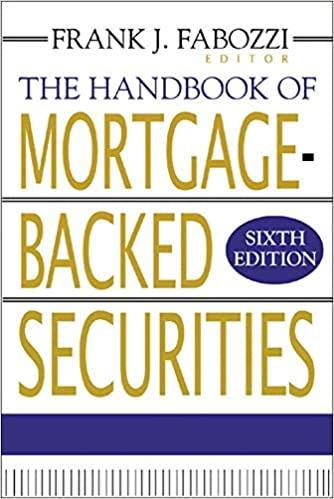 And here's the slide 47 of Lecture 1 for the reference.
And here's the slide 47 of Lecture 1 for the reference.

Problem 1 Take the optimal savings problem on slide 47 of Lecture 1, but instead of assuming a constant 7% return on your investments, assume that you use the (110 - age) rule to determine the percentage invested in stocks vs. riskless bonds, and that the return is 8% per year on stocks and 3% per year on riskless bonds. What is the optimal savings rate? (Hint: do not try to use formulas. Use Excel and do trial and error. One way to proceed is to compute the amount left in the portfolio after the end of retirement, and look for the savings rate that makes that amount equal to zero.) How much to save? An example You just turned 30 years old and you are hoping to live until your 95th birthday. You are planning to save enough to earn a retirement pension of $75k per year (in real terms) (*) beginning on your 65th birthday, including a government pension of $12k per year (expected to be adjusted for inflation over time). Assume an investment return of 7% and an inflation of 2%. Your salary is now $100K for the coming year. You expect it to be steadily adjusted for inflation and to work until your 65th birthday. (Assume that your salary is paid at the end of each year). If you start contributing to your pension fund at the end of the coming year, what fraction of your salary should you be saving? (*) This means that you want to have sufficient funds to purchase (every year) an amount of goods that would cost $75k today, taking inflation into account. 47 Problem 1 Take the optimal savings problem on slide 47 of Lecture 1, but instead of assuming a constant 7% return on your investments, assume that you use the (110 - age) rule to determine the percentage invested in stocks vs. riskless bonds, and that the return is 8% per year on stocks and 3% per year on riskless bonds. What is the optimal savings rate? (Hint: do not try to use formulas. Use Excel and do trial and error. One way to proceed is to compute the amount left in the portfolio after the end of retirement, and look for the savings rate that makes that amount equal to zero.) How much to save? An example You just turned 30 years old and you are hoping to live until your 95th birthday. You are planning to save enough to earn a retirement pension of $75k per year (in real terms) (*) beginning on your 65th birthday, including a government pension of $12k per year (expected to be adjusted for inflation over time). Assume an investment return of 7% and an inflation of 2%. Your salary is now $100K for the coming year. You expect it to be steadily adjusted for inflation and to work until your 65th birthday. (Assume that your salary is paid at the end of each year). If you start contributing to your pension fund at the end of the coming year, what fraction of your salary should you be saving? (*) This means that you want to have sufficient funds to purchase (every year) an amount of goods that would cost $75k today, taking inflation into account. 47
 And here's the slide 47 of Lecture 1 for the reference.
And here's the slide 47 of Lecture 1 for the reference.






